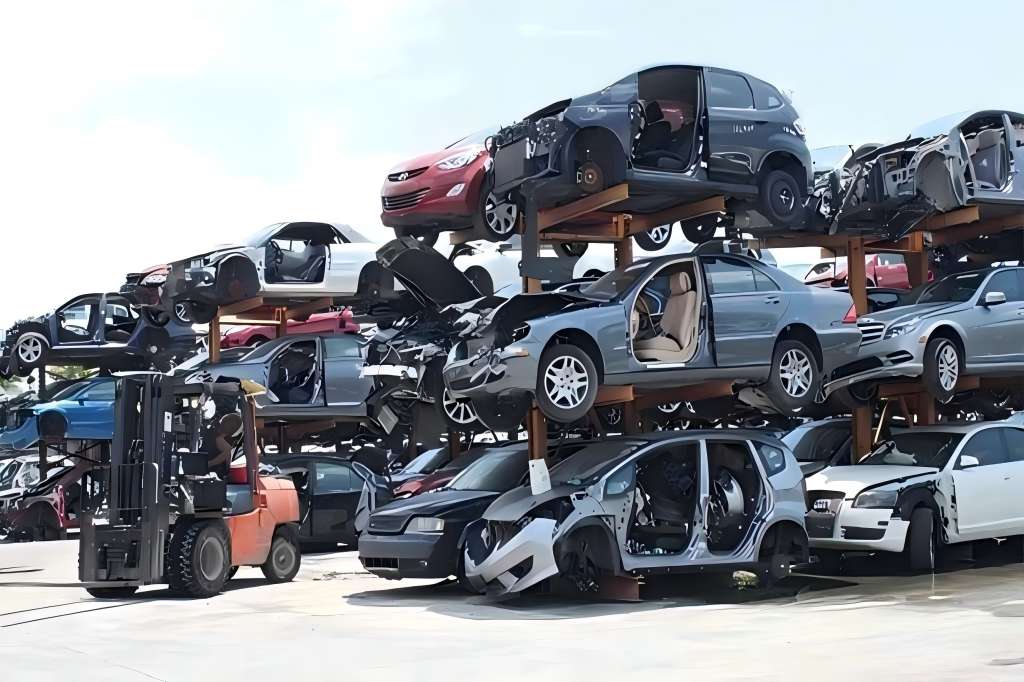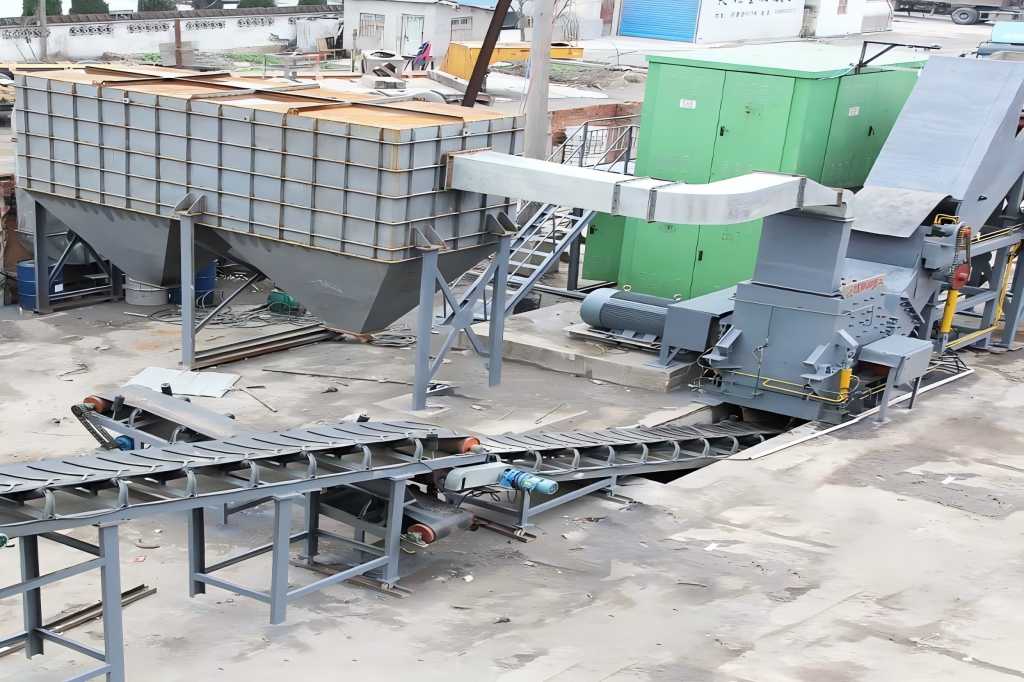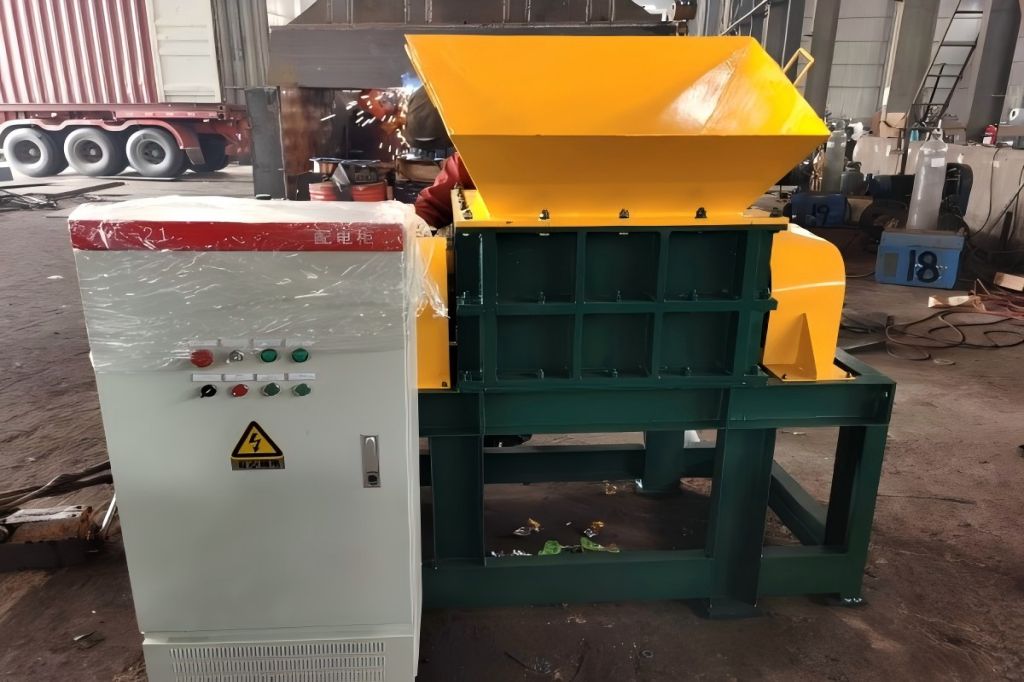The global automotive recycling industry is rapidly evolving, driven by sustainability goals, stricter regulations, and the shift toward a circular economy. This transformation is especially notable in Southeast Asia, the Middle East, and the European Union, where the sector is becoming a key contributor to both the economy and the environment. This article explores the trends shaping automotive recycling in these regions, focusing on technological innovations, regulatory frameworks, and market dynamics.
Southeast Asia: Growth and Emerging Market Dynamics
Southeast Asia’s automotive recycling industry is poised for significant growth, fueled by a rising car ownership rate and the increasing demand for recyclable materials. With the region’s automotive market expanding rapidly, especially in countries like Thailand, Indonesia, Malaysia, and Vietnam, the need for efficient recycling systems is becoming more pronounced.
Key Drivers of Growth in Southeast Asia:
- Increasing Vehicle Fleet: Southeast Asia has one of the fastest-growing vehicle fleets in the world, driven by economic development, urbanization, and rising middle-class incomes. This surge in the number of vehicles has led to a higher demand for vehicle recycling.
- Government Regulations and Initiatives: Governments in the region are gradually tightening regulations related to vehicle disposal and recycling. Extended producer responsibility (EPR) laws, which have been put into place in nations like Thailand, push automakers to be accountable for the full lifecycle of their vehicles, including recycling at the end of their useful lives.
- Technological Advancements: The adoption of new recycling technologies, such as automated shredding and material recovery systems, is helping improve the efficiency of recycling operations. The integration of artificial intelligence (AI) and robotics into the sorting process is also enhancing the accuracy and speed of material recovery.
- Corporate Social Responsibility (CSR) and Public Awareness: Businesses and consumers alike are giving eco-friendly practices more importance as environmental sustainability becomes more widely recognized. Automotive manufacturers are adopting more sustainable design strategies, such as using recyclable materials in car production, which ultimately makes recycling processes easier.
Challenges in Southeast Asia:
- Lack of sufficient infrastructure in certain countries, especially in rural areas.
- Low levels of public awareness and involvement in recycling initiatives.
- high running expenses for recycling businesses.
Middle East: Rising Focus on Sustainability and Green Initiatives
The Middle East’s automotive recycling industry is experiencing a transformation, driven by the region’s increasing focus on sustainability and reducing environmental impacts. Although the automotive sector in the Middle East is traditionally known for its reliance on oil-based vehicles, a shift toward cleaner energy sources and green initiatives is gaining traction.
Key Drivers of Growth in the Middle East:
- Government Policies and Sustainability Goals: Governments in the Middle East are beginning to implement policies aimed at reducing the environmental impact of vehiclesThe UAE, for instance, has put laws into place to promote recycling and lower carbon emissions. A larger initiative to diversify economies and develop more sustainable sectors includes these strategies.
- Circular Economy Gaining Attention: In the Middle East, the idea of a circular economy—where goods and materials are continuously reused—is becoming more and more significant. Automotive recycling plays a crucial role in this transition, as it reduces waste and promotes the reuse of valuable materials like metals, plastics, and rubber.
- High Demand for Recycled Materials: The Middle East has a thriving construction industry that requires large quantities of steel and aluminum, both of which are abundant in end-of-life vehicles. In order to satisfy the need for automotive materials in the building industry and other sectors, recycling these materials is therefore becoming more and more crucial.
Challenges in the Middle East:
- little knowledge about the advantages of recycling among companies and customers.
- Lack of comprehensive recycling infrastructure and technological advancements.
- Economic reliance on the oil sector could impede the adoption of more environmentally friendly methods.
European Union (EU): Leading the Charge in Automotive Recycling
The European Union has long been at the forefront of automotive recycling, with stringent regulations and a commitment to sustainability. The EU’s automotive recycling industry is one of the most developed in the world, with well-established infrastructure, policies, and technologies that promote the recycling of vehicles and automotive parts.
Key Drivers of Growth in the EU:
- Stringent Regulations and Policies: The EU has implemented some of the most advanced and strict recycling regulations in the world. For instance, automakers are required by the End-of-Life Vehicles (ELV) Directive to assume accountability for recycling automobiles at the conclusion of their life cycles. Consequently, a comprehensive recycling system has been implemented over the region.
- Innovation in Recycling Technologies: The EU is investing heavily in developing new technologies to improve the efficiency of recycling operations. Techniques such as hydrothermal processing and advanced sorting technologies are being used to recover materials more efficiently and reduce waste.
- Growing Market for Recycled Materials: In the EU, there is a strong demand for recycled materials, particularly metals such as aluminum, steel, and copper. The EU’s automotive recycling sector is an essential supplier of these materials to other industries, such as construction, aerospace, and electronics.
- Automaker Responsibility and Sustainability Goals: European automakers are increasingly embracing sustainability in their operations. Many companies have pledged to produce vehicles that are easier to recycle, using more sustainable materials and reducing the environmental footprint of their manufacturing processes.
Challenges in the EU:
- High compliance costs for automotive manufacturers due to stringent regulations.
- Limited infrastructure for certain types of recycling, such as electronic waste from vehicles.
- Rising competition from emerging markets for recycled materials.
Automotive Recycling Industry Trends Comparison
To better understand the trends and challenges facing the automotive recycling industry across these three regions, we have compiled a comparative table highlighting key factors influencing each region’s market.
| Factor | Southeast Asia | Middle East | European Union |
| Regulatory Framework | Growing, with EPR laws in countries like Thailand | Emerging, with government focus on sustainability | Strict, with the End-of-Life Vehicles Directive |
| Market Size | Expanding, with rapid vehicle fleet growth | Developing, with high demand for recycled metals | Mature, with established recycling infrastructure |
| Technological Advancements | Adoption of AI and automation in recycling | Slow adoption, but increasing focus on innovation | Leading in advanced sorting and processing tech |
| Consumer Awareness | Moderate, but improving with CSR initiatives | Low, but growing awareness of sustainability | High, with widespread support for recycling |
| Sustainability Initiatives | Increasing, but largely driven by governments | Emerging, with focus on green initiatives | Strong, with sustainability at the core of policy |
| Challenges | Lack of infrastructure, high costs | Limited awareness, dependence on oil | High compliance costs, competition for materials |
Conclusion
The automotive recycling industry in Southeast Asia, the Middle East, and the EU is evolving rapidly. Southeast Asia’s growth is fueled by a rising vehicle fleet and government initiatives, while the Middle East emphasizes sustainability. The EU leads with strict regulations and advanced technologies.
As sustainability gains momentum, the industry will play a crucial role in waste reduction, resource conservation, and advancing the circular economy, with innovations and regulations driving efficiency and sustainability.




